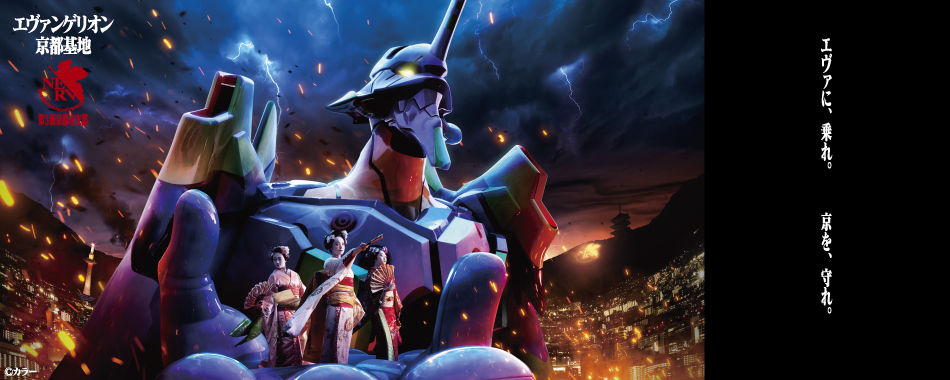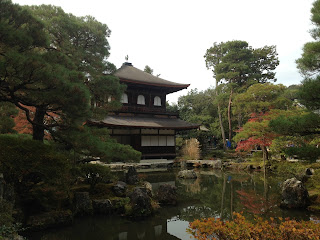The theme park, which is open to the public, offers visitors the opportunity to step back in time and experience life in ancient Japan. The park features a number of sets and attractions that are based on different historical periods, including the Edo period (1603-1868) and the Meiji period (1868-1912). Visitors can explore the sets, watch live performances, and even participate in traditional Japanese activities such as archery and sword fighting.
One of the main attraction of the park is the Edo-period street, a replica of an Edo period street which is lined with traditional Japanese buildings and shops where visitors can try traditional Japanese sweets and souvenirs.
The park also features a number of museums and exhibits, including the Toei Kyoto Studio Museum, which provides a behind-the-scenes look at the film production process and showcases a variety of costumes and props used in past productions.
Toei Eigamura is a popular tourist destination, especially for those interested in Japanese history, culture, and movies.






